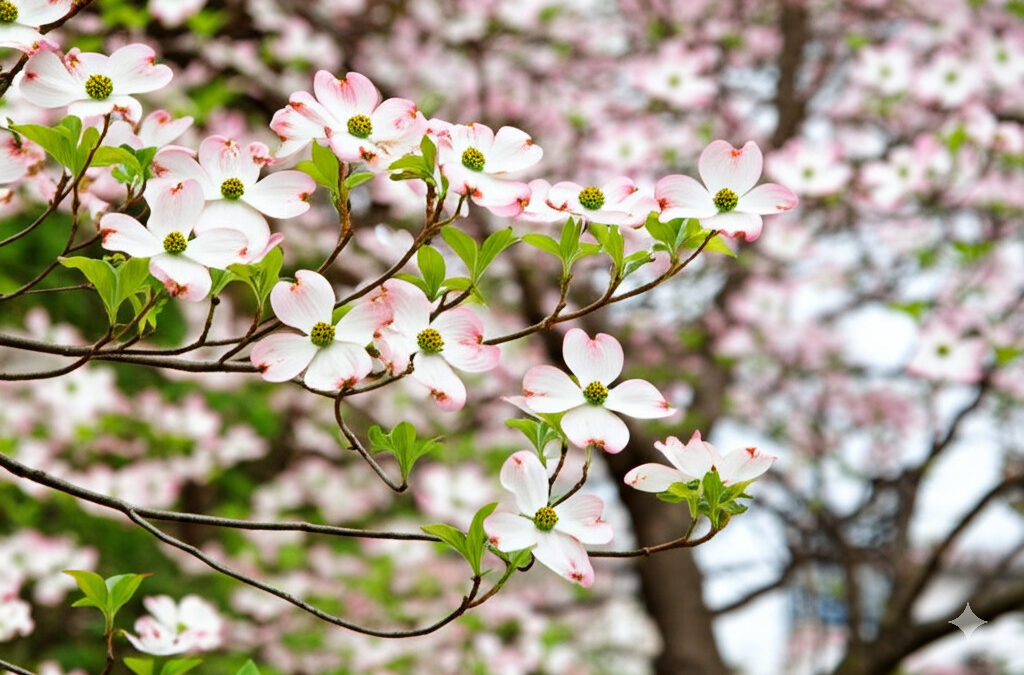Dogwood trees, with their delicate blossoms and vibrant foliage, are a beloved sight across temperate regions. These deciduous trees and shrubs, belonging to the genus *Cornus*, are celebrated for their ornamental value, offering beauty in every season. From the iconic white bracts of the flowering dogwood (*Cornus florida*) in spring to the colorful berries and reddish leaves of autumn, dogwoods provide year-round visual interest. Their versatility makes them a popular choice for landscaping, fitting seamlessly into both formal and informal garden designs.
The most recognizable feature of dogwoods is undoubtedly their springtime bloom. What appear to be petals are actually modified leaves called bracts, which surround the cluster of tiny, true flowers in the center. These bracts come in various colors, including white, pink, and red, depending on the species and cultivar. The flowering dogwood, native to eastern North America, is particularly cherished for its large, showy white bracts. Other species, like the kousa dogwood (*Cornus kousa*) from Asia, bloom later in the spring and boast pointed bracts that gradually change color as they age.
Beyond their floral display, dogwoods offer valuable ecological benefits. Their berries, which ripen in late summer and autumn, provide a crucial food source for various bird species, including robins, cardinals, and woodpeckers. The dense foliage of some dogwood species also offers shelter and nesting sites for wildlife. Additionally, the trees’ root systems help prevent soil erosion, contributing to the overall health of the ecosystem.
Cultivating dogwood trees requires attention to their specific needs. They generally prefer well-drained, slightly acidic soil and thrive in partial shade to full sun. Regular watering is essential, especially during dry periods, particularly for young trees. Mulching around the base of the tree helps retain moisture and regulate soil temperature. Pruning, while not always necessary, can help maintain the tree’s shape and remove dead or diseased branches.
Despite their beauty and ecological value, dogwoods are susceptible to certain diseases and pests. Dogwood anthracnose, a fungal disease, can cause significant damage to the leaves and branches. Dogwood borers, insect larvae that burrow into the trunk and branches, can weaken and kill the tree. Proper care, including regular inspection and prompt treatment of any signs of disease or infestation, is essential for maintaining the health and longevity of dogwood trees.
In summary, dogwood trees are a valuable addition to any landscape, offering a stunning array of seasonal beauty and important ecological contributions. Their distinctive blooms, vibrant foliage, and wildlife-friendly berries make them a cherished part of the natural world. While they require some attention to their specific needs and are vulnerable to certain pests and diseases, the rewards of cultivating these beautiful trees are well worth the effort.

